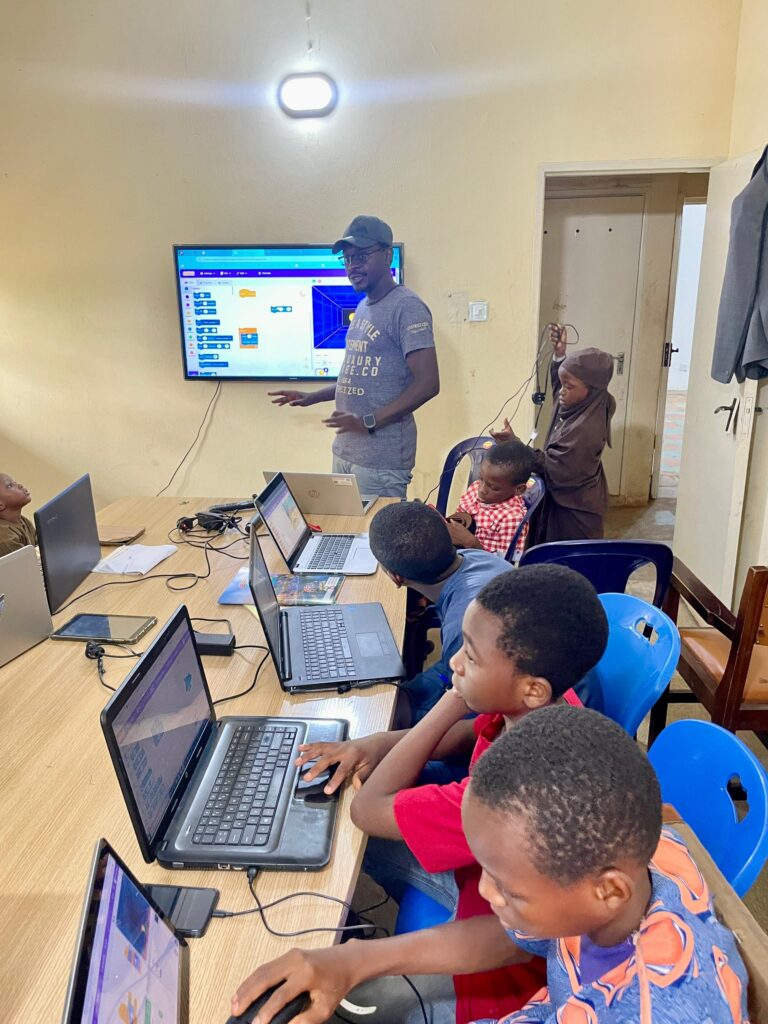In today’s fast-paced world, where technology is advancing faster than ever, one thing is clear: education is the key to unlocking the next wave of innovation. Whether it’s artificial intelligence, robotics, or cutting-edge software development, the future of technology is shaped by the minds of those who are learning, experimenting, and pushing boundaries in the classroom and beyond.
But how exactly does education fuel technological advancements? Let’s dive into how the right education system can empower the next generation of tech leaders and innovators.
1. Building a Workforce Ready for the Future
It’s no secret that technology is transforming nearly every industry. From healthcare to finance, education, and even entertainment, technology is at the heart of it all. For a workforce to keep up, it needs the right skills. This is where education plays a critical role.
Today’s education system needs to provide more than just basic knowledge; it needs to arm students with the practical skills and technical expertise that will allow them to excel in technology-driven fields. This includes everything from programming languages to data science, AI, and machine learning.
How Can Education Do This?
- Integrating subjects like coding, data analytics, and robotics into early education.
- Offering specialized certifications and training in emerging technologies.
- Encouraging continuous learning through workshops and online courses to stay current with new tools and trends.
2. Nurturing Critical Thinkers and Problem-Solvers
Technological breakthroughs don’t happen by simply following a set of instructions. They happen when individuals think outside the box, challenge assumptions, and tackle complex problems. Education doesn’t just teach facts; it teaches students how to think, analyze, and approach problems from different angles.
In the world of technology, critical thinking is crucial. Whether you’re developing software, designing a new app, or building the next big invention, the ability to analyze data, identify patterns, and find creative solutions is what drives progress.
How Education Fosters This:
- Hands-on, project-based learning where students tackle real-world problems.
- Encouraging collaboration across disciplines to come up with innovative solutions.
- Promoting a fail-forward mentality where learning from mistakes is seen as part of the process.
3. Sparking Creativity for Innovation
While technical skills are important, creativity is what turns ideas into innovations. It’s not just about knowing how to use technology—it’s about imagining what technology can do. Creativity in education allows students to not only learn existing technologies but to explore new ways to apply them, pushing boundaries and developing ideas that never existed before.
When students are encouraged to think creatively, they are more likely to experiment with new ideas and develop solutions that can revolutionize industries.
How Education Fosters Creativity:
- Promoting interdisciplinary learning where students combine tech knowledge with art, design, and business.
- Creating safe spaces for students to experiment, fail, and learn from their experiences.
- Introducing design thinking principles to help students ideate and prototype innovative solutions.
4. Providing Access to the Right Tools and Technology
Even the most brilliant minds need the right tools to turn their ideas into reality. Education systems must provide students with access to the latest technology, from powerful computers and software to research labs and development kits.
When students have access to state-of-the-art technology, they can experiment, innovate, and truly understand the potential of the tools at their disposal. Education systems that partner with tech companies can help bring the most up-to-date tools into the classroom, ensuring students can learn using the latest resources.
How Education Supports This:
- Equipping classrooms with high-tech tools and software that simulate real-world environments.
- Partnering with tech companies to provide students with access to cutting-edge equipment and platforms.
- Offering digital learning resources like virtual labs and online courses that simulate tech development.
5. Bridging the Gap Between Education and Industry Needs
The gap between what students learn and what industries need can be wide. To ensure that students are ready to enter the workforce and drive technological change, education must align more closely with the needs of tech companies and industries.
This means that educators must collaborate with businesses, integrate industry insights into curriculums, and provide students with opportunities for hands-on learning. Internships, mentorships, and collaborative projects with real-world tech companies will help bridge this gap and ensure that students are prepared for the challenges of tomorrow.
How Education Can Do This:
- Developing partnerships with industry leaders to keep curriculums up to date with current trends.
- Offering internships, apprenticeships, and work-study programs where students can get real-world experience.
- Involving tech professionals in the classroom to share their expertise and guide students.
6. Fostering a Global Perspective on Technology
Finally, education doesn’t just prepare students to think locally—it prepares them to think globally. Technological advancements aren’t limited by borders. Today’s students need to understand how technology can address global issues, from climate change to healthcare, access to education, and beyond.
A global perspective ensures that students can leverage technology to create solutions that benefit people everywhere, not just in their local communities. By encouraging collaboration across countries and cultures, education can play a pivotal role in tackling the world’s most pressing problems through technology.
How Education Can Inspire Global Thinking:
- Introducing students to global technology trends and challenges that affect the world.
- Encouraging international collaboration through hackathons, global competitions, and student exchange programs.
- Teaching students to think about technology’s potential to solve universal problems, from sustainability to digital inclusion.
Conclusion
Education is not just about filling minds with knowledge—it’s about sparking curiosity, encouraging creativity, and empowering students to shape the future. By providing students with the skills, tools, and mindset needed to innovate, education is at the heart of technological progress.
As technology continues to evolve, it’s essential that education systems stay ahead of the curve, preparing students not only for the jobs of today but for the challenges and opportunities that lie ahead. The future of technology depends on the minds we cultivate today—so let’s ensure that the education we provide empowers the innovators, creators, and leaders of tomorrow.


